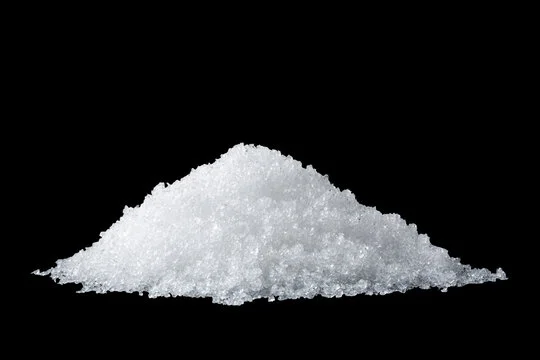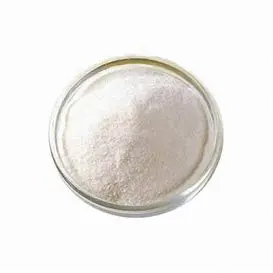Glacial Acetic Acid (99% min) - Taiwan
|
IUPAC Name |
: Acetic Acid |
|
Cas Number |
: 64-19-7 |
|
HS Code |
: 29152100 |
|
Formula |
: CH3COOH |
Basic Info
|
Appearance Name |
: Clear Colorless Liquid |
|
Common Names |
: Ethanoic Acid; Ethylic acid |
|
Packaging |
: 20 kg poly can, 30 kg poly can or 200 kg PE drum |




---turkey.webp)
---india.webp)
 English
English
 Indonesian
Indonesian
 简体字
简体字
 العربية
العربية
 Español
Español
 Français
Français
 Português
Português
 日本語
日本語
 한국어
한국어
 Tiếng Việt
Tiếng Việt
